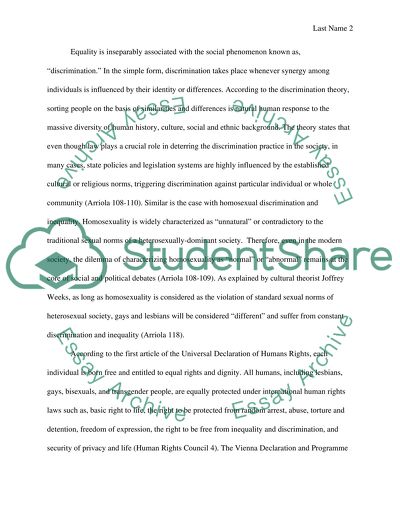Cite this document
(“Gay and lesbian discrimination and inequality Research Paper”, n.d.)
Gay and lesbian discrimination and inequality Research Paper. Retrieved from https://studentshare.org/sociology/1697527-gay-and-lesbian-discrimination-and-inequality
Gay and lesbian discrimination and inequality Research Paper. Retrieved from https://studentshare.org/sociology/1697527-gay-and-lesbian-discrimination-and-inequality
(Gay and Lesbian Discrimination and Inequality Research Paper)
Gay and Lesbian Discrimination and Inequality Research Paper. https://studentshare.org/sociology/1697527-gay-and-lesbian-discrimination-and-inequality.
Gay and Lesbian Discrimination and Inequality Research Paper. https://studentshare.org/sociology/1697527-gay-and-lesbian-discrimination-and-inequality.
“Gay and Lesbian Discrimination and Inequality Research Paper”, n.d. https://studentshare.org/sociology/1697527-gay-and-lesbian-discrimination-and-inequality.


